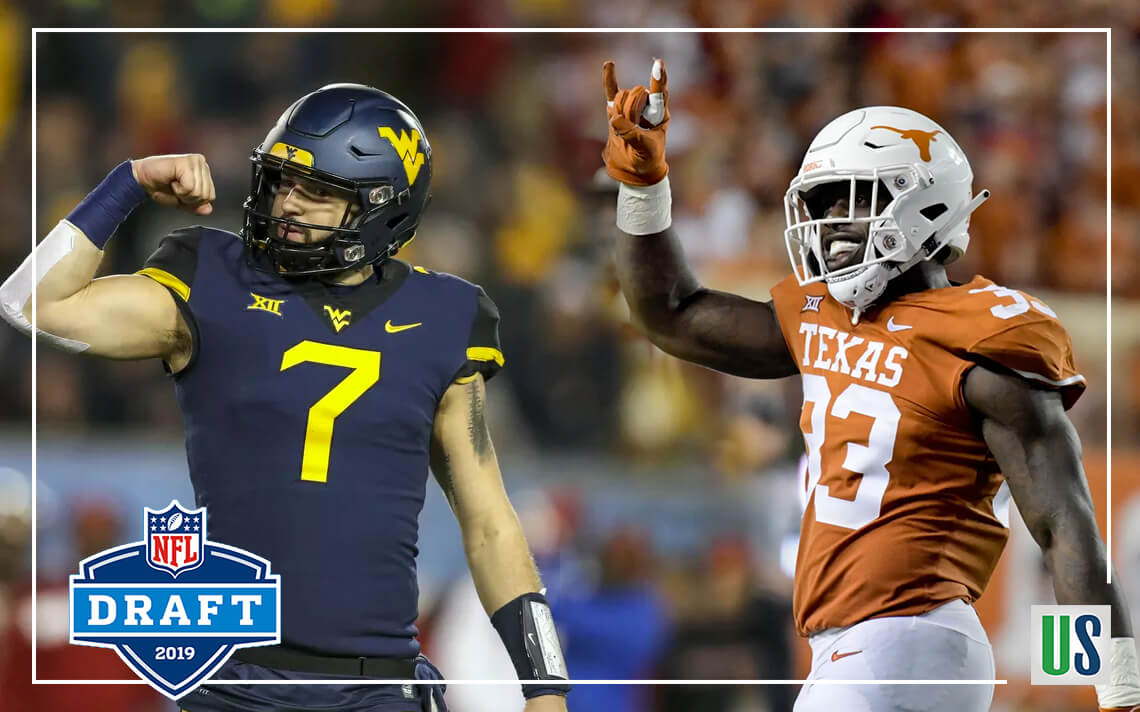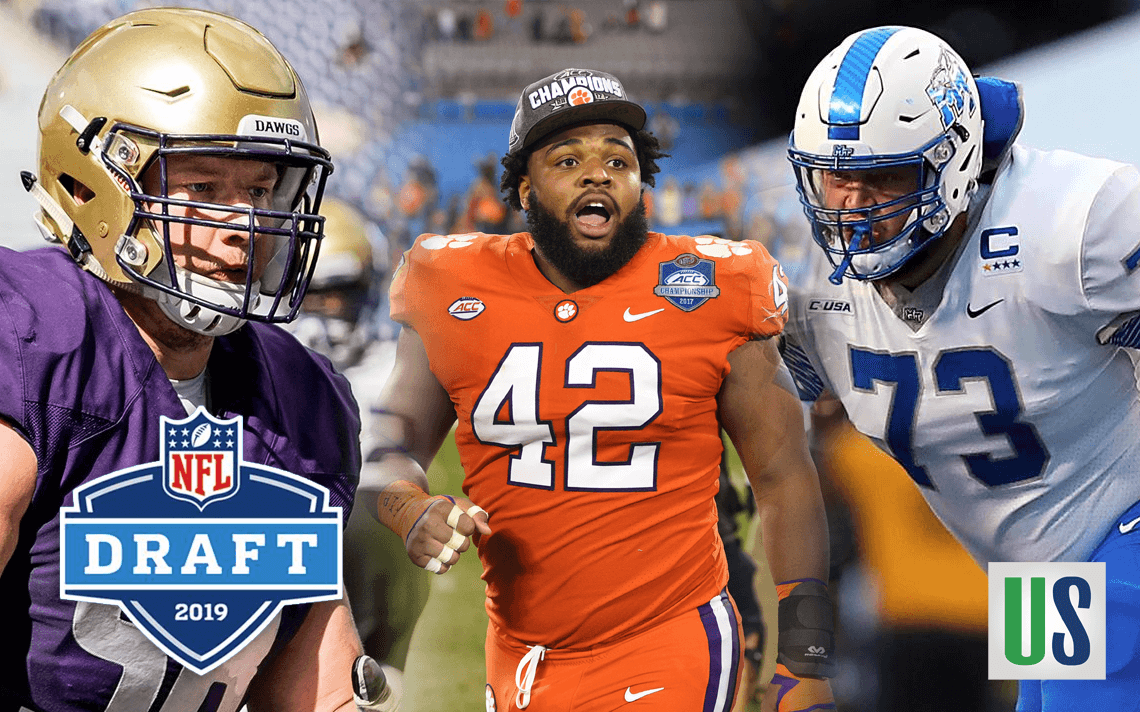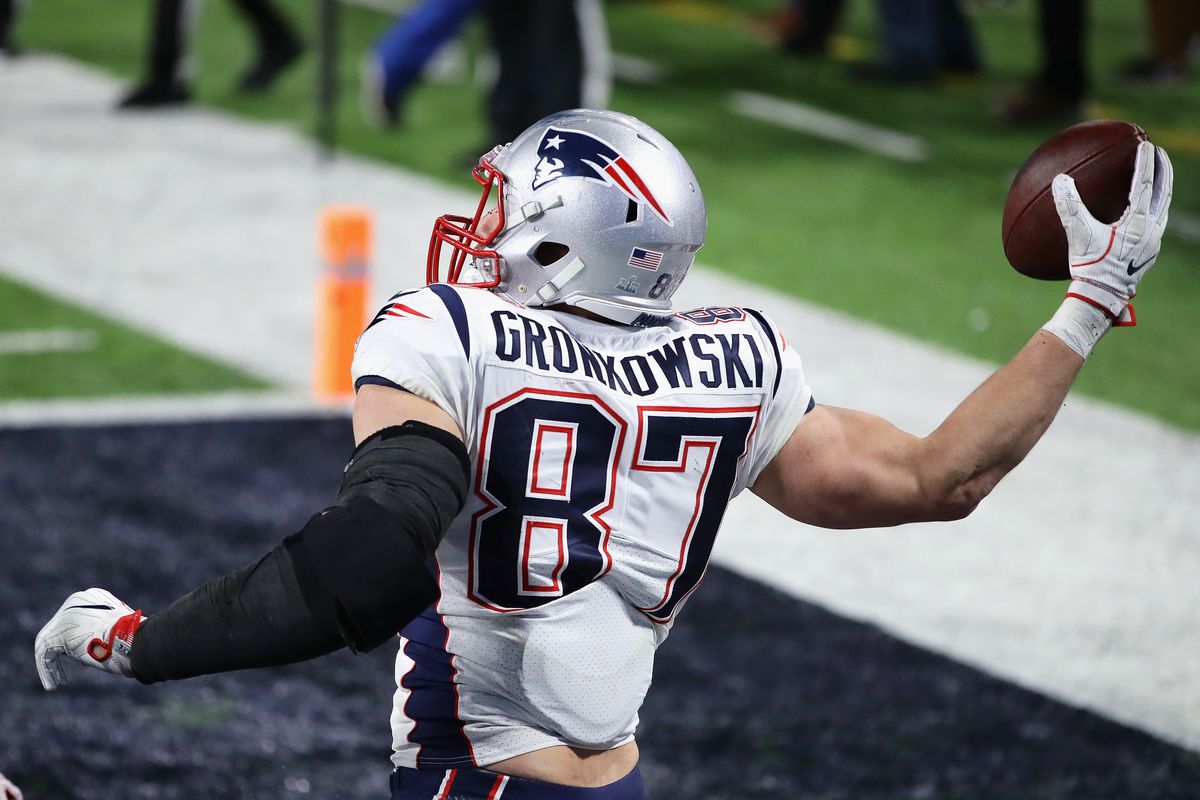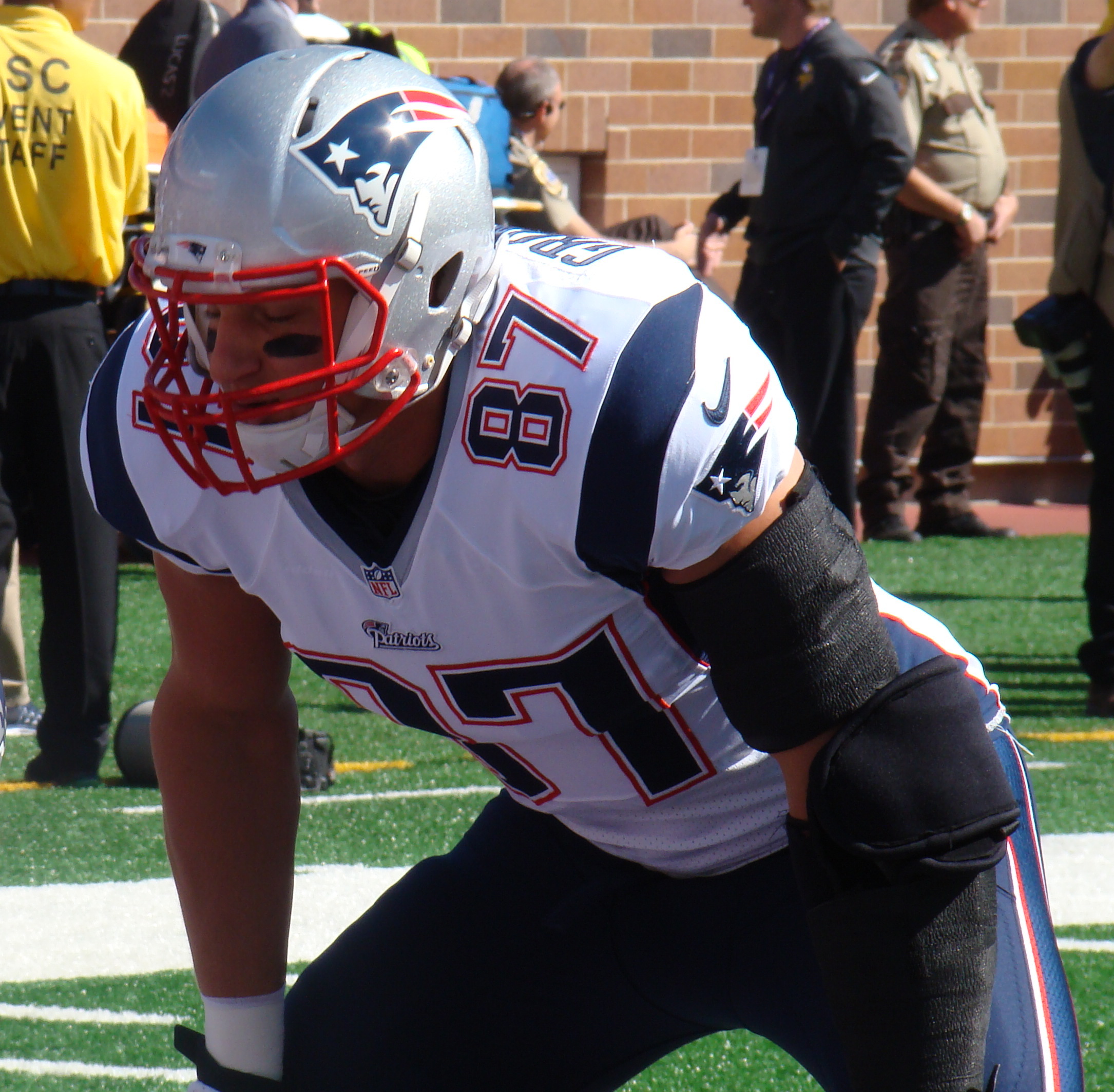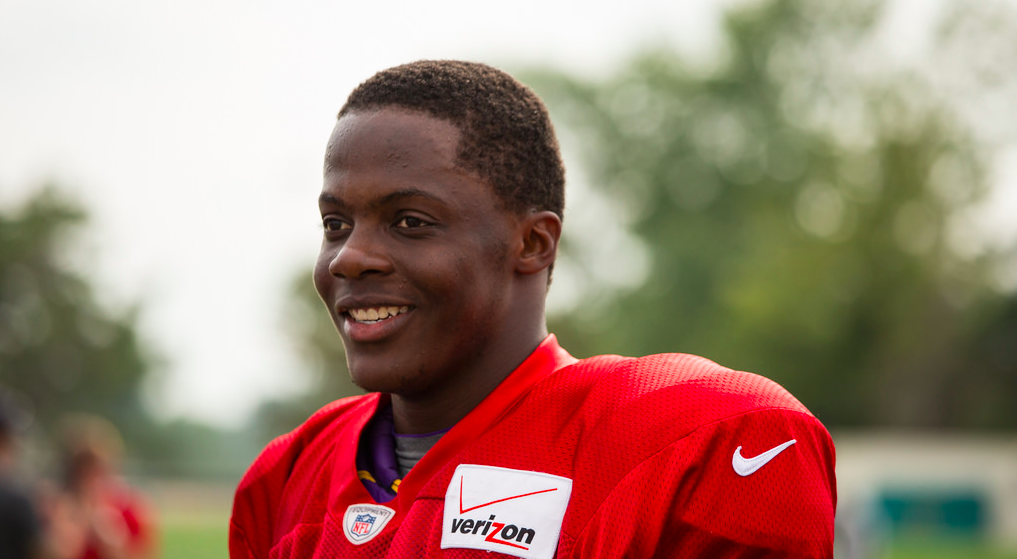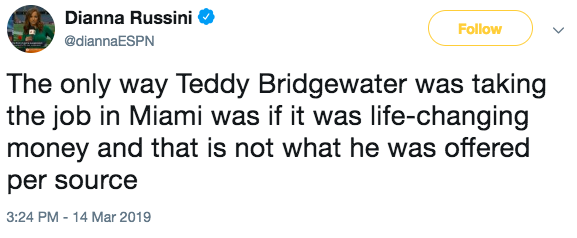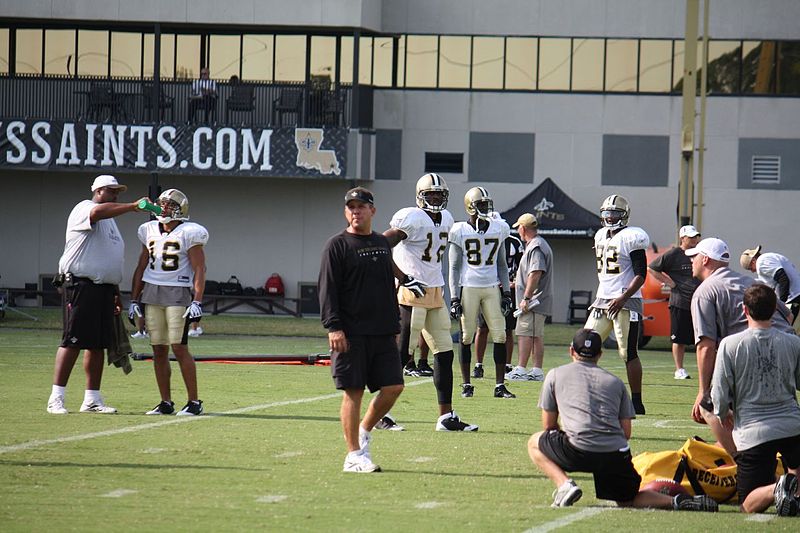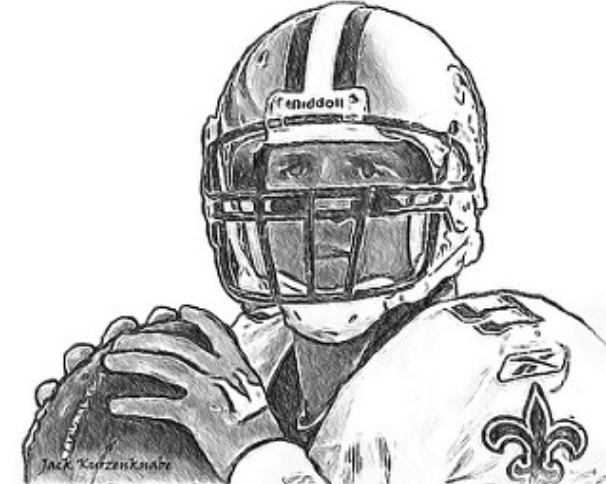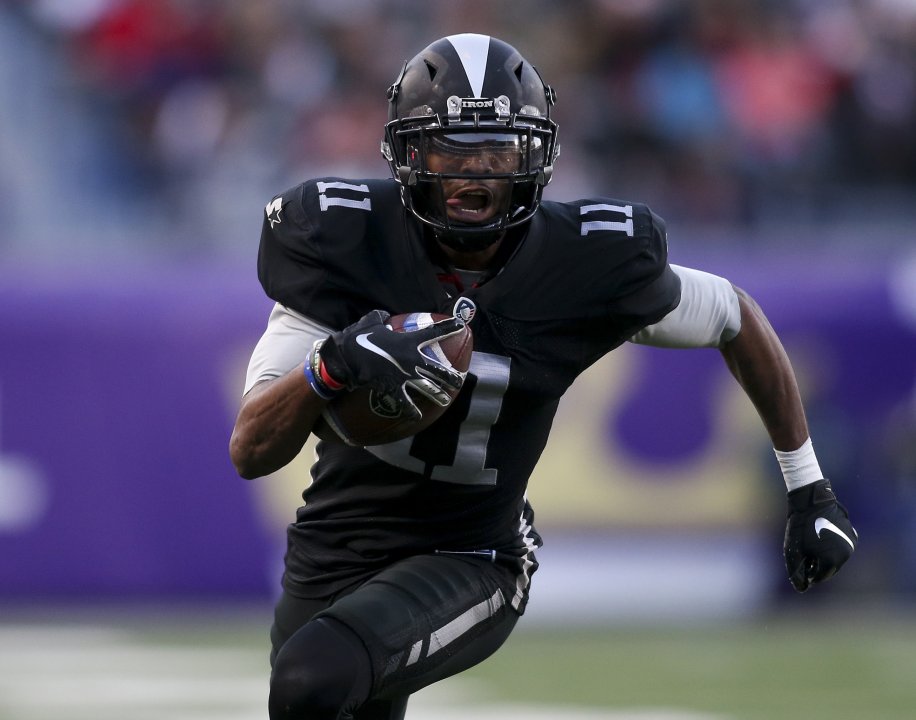Will Grier: Fleeing from PEDs
In 2014, after being declared a four-star recruit, Will Grier signed with Florida. After redshirting his first season, he took over the starting quarterback position in 2015. However, after starting just six games, Grier tested positive for Ligandrol and was suspended for one season. He then transferred to West Virginia, sat out the 2016 season, and lit the world on fire in 2017 and 2018. Grier accumulated over 7,300 passing yards and 71 passing touchdowns in 2017 and 2018. According to PlayerProfiler.com, his 9.7 yards-per-attempt is in the 92nd-percentile, while his 81.9 QBR is in the 79th-percentile. On the field, Grier played extremely well.
Will Grier has the clutch gene 😳 @willgrier_ pic.twitter.com/v30nv8XSR3
— The Checkdown (@thecheckdown) April 11, 2019
Off the field, Grier has to continue to prove he is past his Ligandrol impulses. As far as his West Virginia career is concerned, Grier reported no drug issues.
“Never had an issue,” he said. “It’s just not who I am. I would never let my teammates down again in any circumstance.”
After going through countless drug tests and letting his Florida team down before, Grier appears to have grown in maturity. Look for an NFL team to take a risk on his upside.
Gary Johnson: Foster Care, Community College and Texas
.@TexasFootball LB @_GaryJohnson has beat “life full of setbacks” on road to NFL. But “it’s not really a sad story,” he says.
— Jori Epstein (@JoriEpstein) April 17, 2019
My latest for @usatodaysports: https://t.co/5V0DW5IFLH
Texas Linebacker Gary Johnson came from an unstable, to say the least, childhood. His mother gave birth to him when she was 14 and lost him to foster care when he was just 4 years old. Johnson was moved around for most of his childhood and adolescence. Shifting from family members, state-supported guardians and group homes. His youth brings stories of a poverty, hunger, abuse and academic issues.
Thankfully, Johnson found a way out of that life. In his senior year of high school, Johnson triple-lettered in football, basketball and track. He won the state championship for the 100-meter dash and found his way onto the Dodge City Community College Football Team. After amassing an incredible 133 tackles, 8.5 sacks, 4 interceptions, 3 fumble recoveries and 3 defensive touchdowns, Johnson garnered interest from universities.
Ultimately, Johnson settled on Texas and quickly rose up the depth chart. In 2018, he led the Longhorns with 90 tackles, including 8.5 sacks and 3 forced fumbles. This earned him an invite to the prestigious NFL Combine, where he caught scouts’ attention with his 4.43 40-yard dash. Now, he is projected by Lance Zierlein of NFL.com to be drafted in the seventh round of the 2019 NFL Draft. Johnson, though he passed around from house to house as a child, has found his home in football.
For more on Johnson’s story, read here.
Kahzin Daniels: Football’s Daredevil
In the fifth round of the 2018 NFL Draft, the Seattle Seahawks drafted an athlete without a left hand, Shaquem Griffin. Day three of the NFL draft is generally when teams take chances on players. Hoping they might overcome a lack of production, unathletic measurables, injuries, or uncommon physical features like the lack of a hand, or in Kahzin Daniels case, the lack of sight in his right eye.
Daniels, the Charleston edge rusher, is completely blind in his right eye. Despite that, he totalled 31.5 sacks in his final three seasons for the Golden Eagles. He was a reliable source of pressure for Charleston. The fact that he is blind in his right eye is undoubtedly a cause of concern for NFL scouts. But, he still is ranked 61st by Sports Illustrated in this year’s draft class. That is a great feat for a Division II player, regardless of their eyesight.
Kahzin Daniels, MEC Defensive Player Of The Week pic.twitter.com/FWta0Iiqcs
— Mountain East Conf. (@TheMountainEast) September 17, 2018
“It did not limit his play at all. He played on both sides, left and right, and never used it as an excuse or crutch or anything like that.” –Coach Pat Kirkland
However, sight isn’t the largest concern for potential NFL suitors. Instead, his ability to move to linebacker will hold more value. Daniels, at 242 pounds, is a good 20 pounds less than other edge rushers like Nick Bosa or Josh Allen. Players in his size range either become linebackers or situational edge rushers. Both require the ability to cover receivers. But, Daniels didn’t do much coverage in college. His coaches didn’t ask him to. It remains to be seen if he can make the jump to the NFL. With that being said, he has already shown that he can overcome what would be detrimental to many. Look for a team to take a chance on him on day three of the NFL Draft.
“Even growing up, I never let anybody treat me different in any way,” he said. “I never used it as a disability, never got any checks for it or anything like that.
“I see through one eye and I live life to the best of my ability.”
For more on Daniels, read here.
Davion Taylor: A Player to Monitor for the 2020 NFL Draft
In the NFL, there are successful stories of athletes transitioning from one sport to another. Jimmy Graham is one of those players that comes to mind. A four-year Miami Hurricanes basketball player, he played only one year of collegiate football before making the jump to the NFL. But, Graham did play football in high school. Just like many other successful NFL athletes without the same collegiate experience. This is why Davion Taylor becomes so peculiar.
Shockingly, Taylor did not play any high school football. At all. He wasn’t allowed to. Because of his mother’s Seventh-Day Adventist faith, Taylor couldn’t perform in any sporting activities from Friday night until Sunday morning. Starting years behind other players, Taylor earned a walk-on spot at Coachoma Community College for both football and track. He then earned a scholarship to play football and run for Colorado. The linebacker racked up a modest 57 tackles (10 for a loss), 2 passes defended, 2 fumble recoveries and 1 defensive touchdown in 12 games. These aren’t mind-bending numbers, but looking at his journey to Colorado linebacker displays a unique player.
Although Davion Taylor may be a late-bloomer in football. If he shows more promise in his senior season, he will certainly gain the attention of NFL scouts for the 2020 NFL Draft.
For more on Taylor’s story, read here.
Is the Unafraid Show missing anyone?
If you know of anyone who should be on this list, please comment below. We would love to learn more about the stories and players that propel this game forward.
Read NFL Draft 2019: Tears, Tragedy, and Triumph of Draft Picks Part 1

